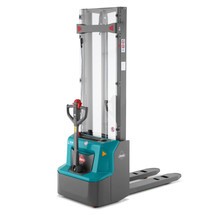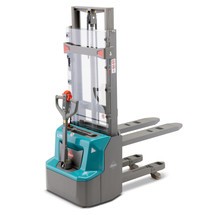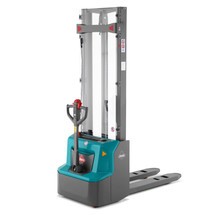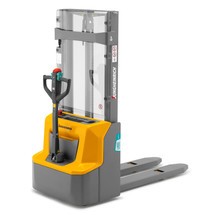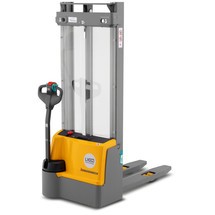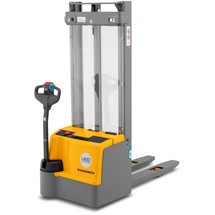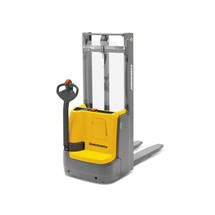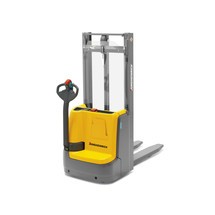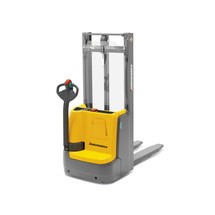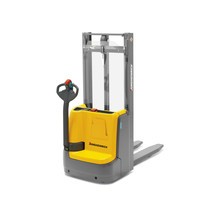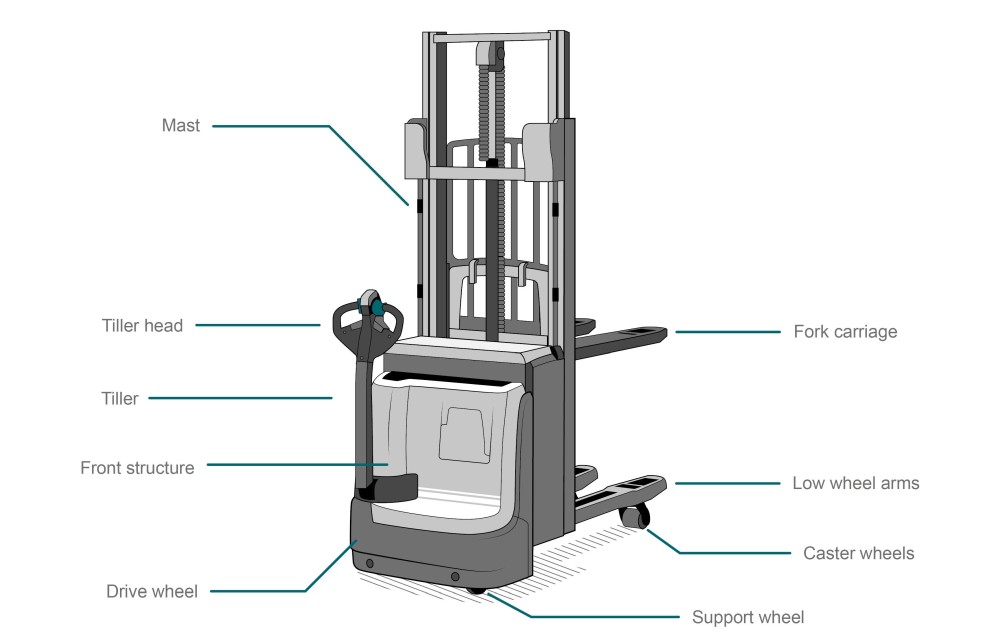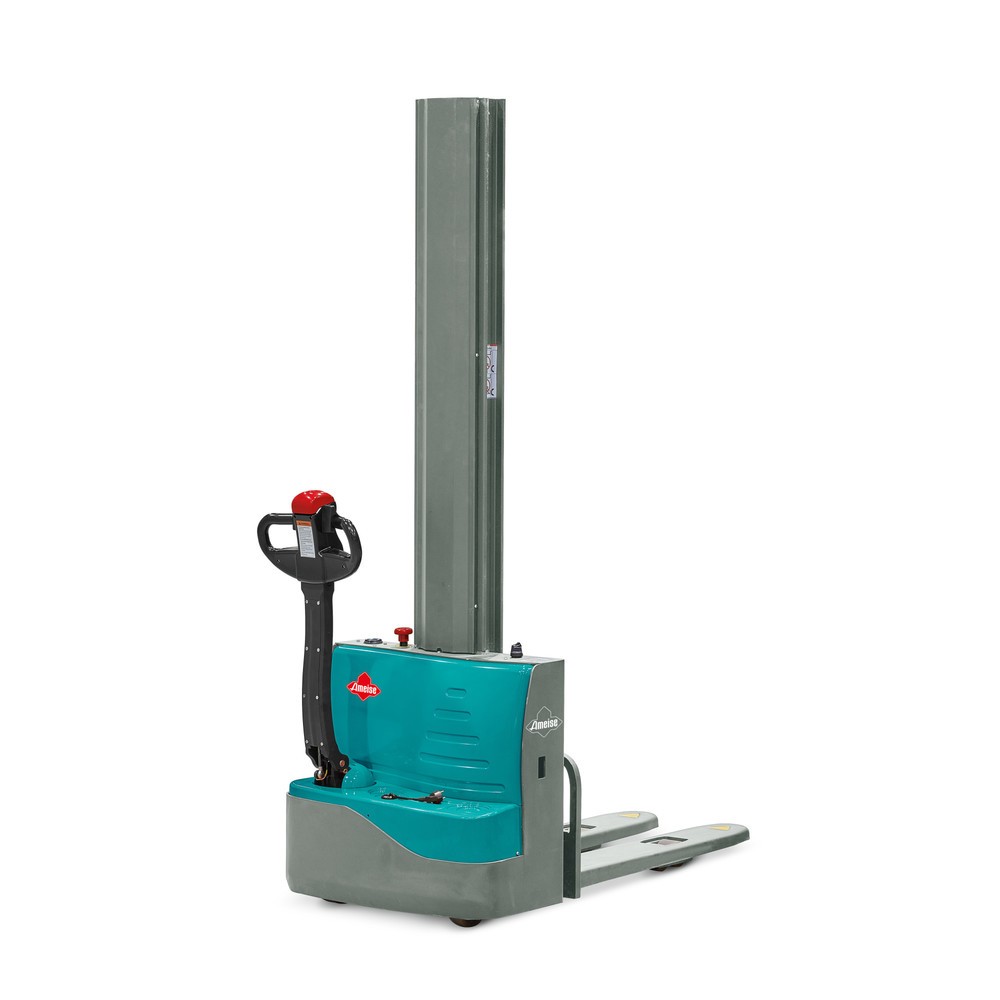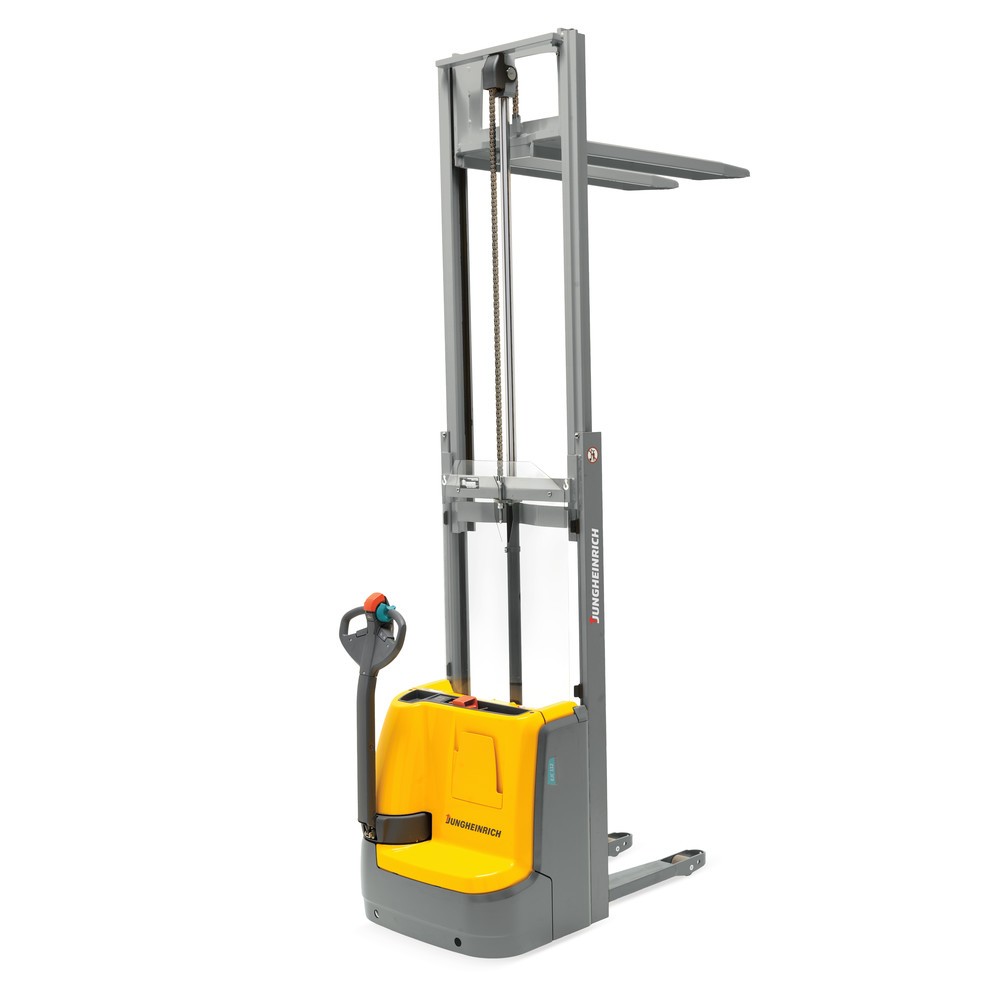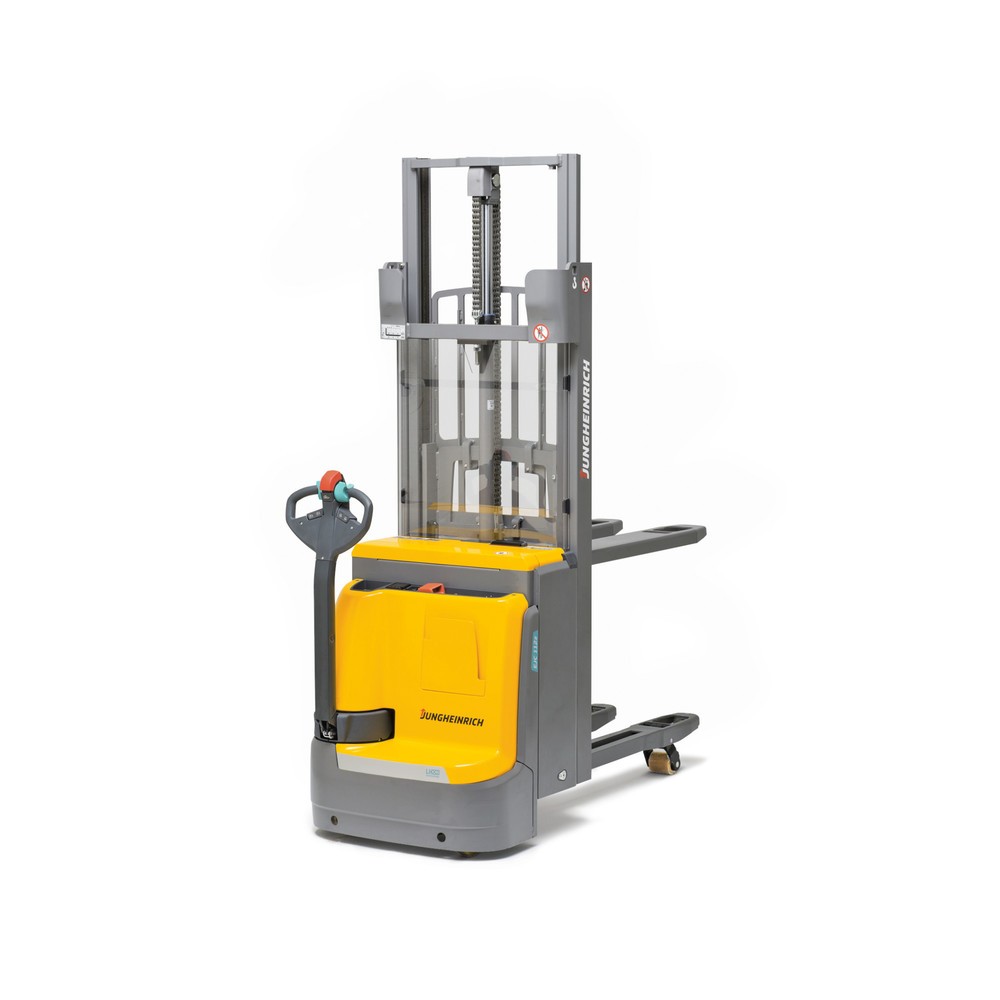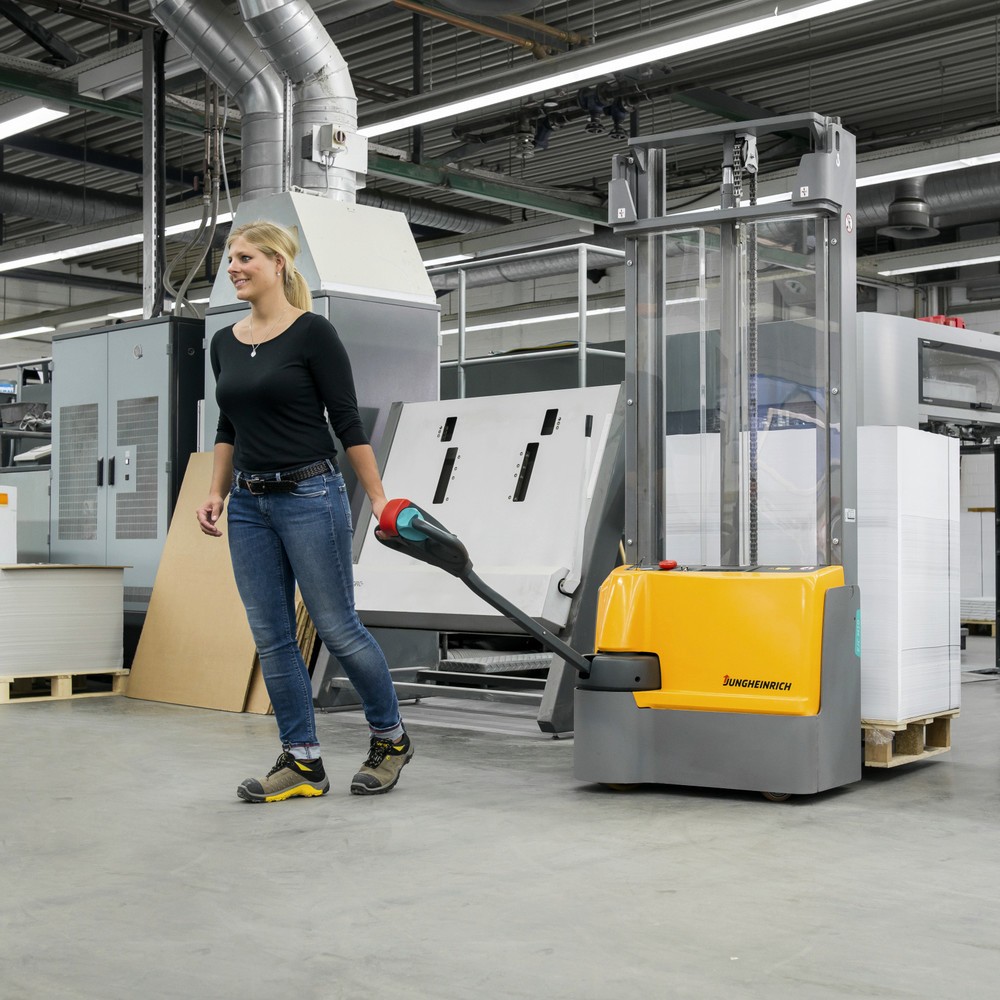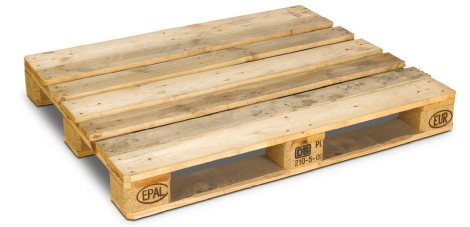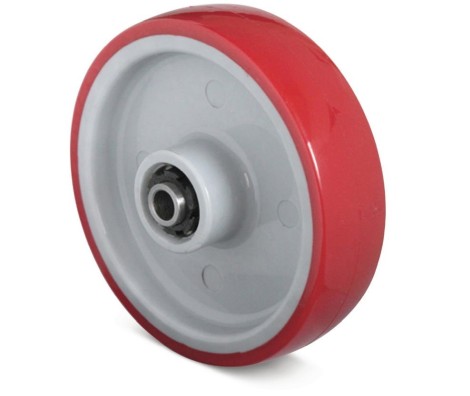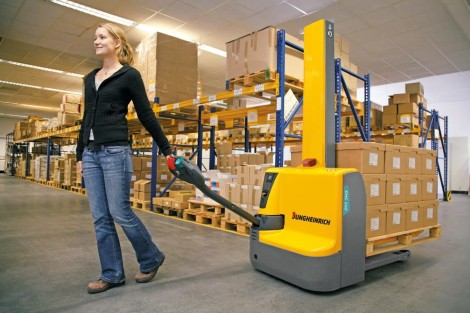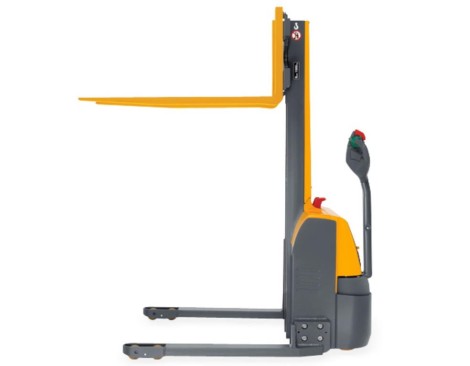
Electric stacker trucks
Buying Tips
Filter
back
Your selection: 40 products
Ameise® PSE 1.2 electric stacker truck – lithium-ion, two-stage telescopic mast
- 4 lift heights available (2600, 2900, 3200, 3600 mm)
- Maintenance-free lithium-ion battery
- On-board charger for flexible application
Ameise® PSE 1.2 electric stacker truck – lithium-ion, two-stage telescopic mast with initial lift
- With initial lift for use on ramps
- Maintenance-free lithium-ion battery
- On-board charger for flexible application
Ameise® PSE 1.2 electric stacker truck – lithium-ion, simplex mast
- 2 lift heights available (1600 and 2000 mm)
- Maintenance-free lithium-ion battery
- On-board charger for flexible application
Jungheinrich AMC 12z electric stacker truck – lithium-ion, two-stage telescopic mast
- 1,200 kg load capacity
- Initial lift for increased ground clearance on loading ramps
- Maintenance-free lithium-ion battery
Jungheinrich AMC 12 electric stacker truck – lithium-ion, two-stage telescopic mast
- 1200 kg load capacity
- 4 lift heights available (2600, 2900, 3200, 3600 mm)
- Maintenance-free lithium-ion battery
Jungheinrich EJC M10 ZT electric high-lift stacker truck – two-stage telescopic mast, lithium-ion
- 1,000 kg load capacity
- 4 different lift heights available (2,300, 2,500, 2,900 and 3,300 mm)
- Powerful, maintenance-free lithium-ion battery
Jungheinrich EJC M10 E electric high-lift stacker truck – single-stage mast, lithium-ion
- 1,000 kg load capacity
- 2 mast heights available (1,540 and 1,900 mm)
- Powerful, maintenance-free lithium-ion battery
Jungheinrich EJC M13 ZT electric high-lift stacker truck – two-stage telescopic mast, lithium-ion
- 1,300 kg load capacity
- 4 different lift heights available (2,300, 2,500, 2,900 and 3,300 mm)
- Powerful, maintenance-free 100 Ah lithium-ion battery
Jungheinrich EJC 110/ZT electric high-lift stacker truck – two-stage telescopic mast
- Premium quality – "Made in Germany"
- Powerful and maintenance-free three-phase AC drive motor
- Proportional hydraulics for precision lifting and lowering
Jungheinrich EJC 112/ZT electric high-lift stacker truck – two-stage telescopic mast
- Premium quality – "Made in Germany"
- Powerful and maintenance-free three-phase AC drive motor
- Proportional hydraulics for precision lifting and lowering
Jungheinrich EJC 110/ZZ electric high-lift stacker truck – two-stage telescopic mast with free lift
- Premium quality – "Made in Germany"
- Powerful and maintenance-free three-phase AC drive motor
- Proportional hydraulics for precision lifting and lowering
Jungheinrich EJC 110bi E electric high-lift stacker truck with single-stage mast, wide track and free lift
- Premium quality "Made in Germany"
- Wide-track version for closed pallets and special load carriers
- Fork arms individually adjustable
Jungheinrich EJC 110i ZT electric high-lift stacker truck with two-stage telescopic mast
- Premium quality "Made in Germany"
- 1,000 kg load capacity
- 7 different lift heights available (2,300, 2,500, 2,700, 2,900, 3,200, 3,600 and 3,900 mm)
Jungheinrich EJC 112/ZZ electric high-lift stacker truck – two-stage telescopic mast with free lift
- Premium quality – "Made in Germany"
- Powerful and maintenance-free three-phase AC drive motor
- Proportional hydraulics for precision lifting and lowering
Jungheinrich EJC 112i DZ electric high-lift stacker truck with two-stage telescopic mast and free lift
- Premium quality "Made in Germany"
- 1,200 kg load capacity
- 3 different lift heights available (4,090, 4,300 and 4,700 mm)
Jungheinrich EJC 112i ZT electric high-lift stacker truck with two-stage telescopic mast
- Premium quality "Made in Germany"
- 1,200 kg load capacity
- 9 different lift heights (2,300, 2,500, 2,700, 2,900, 3,200, 3,600, 3,900, 4,100 and 4,300...
Jungheinrich EJC 112i ZZ electric high-lift stacker truck with two-stage telescopic mast and free lift
- Premium quality "Made in Germany"
- 1,200 kg load capacity
- 6 different lift heights available (2,300, 2,500, 2,900, 3,200, 3,600 and 3,900 mm)
Jungheinrich EJC 110zi ZT electric high-lift stacker truck with two-stage telescopic mast and double-deck function
- Premium quality "Made in Germany"
- Double-deck function for simultaneous transport of 2 pallets
- 1,000 kg load capacity with mast lift and 1,400 kg with support arm lift
